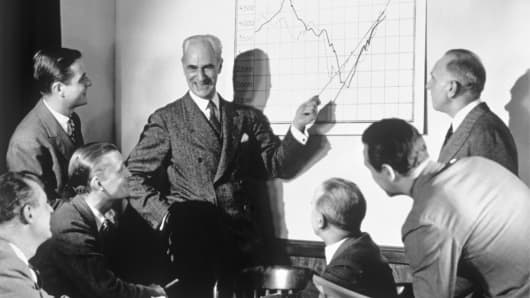There's no way to sugarcoat it — market volatility is the new normal in today's investing environment. For decades millions of American investors have followed an aggressive growth strategy — a strategy that worked. For many it went like this: During those wealth accumulation years, invest heavily in equities such as blue-chip stocks. Rinse. Repeat. And for decades, as long as investors kept a long-term view, that formula worked.
Sure, there were bear markets to contend with (1966 to 1978 is one example), but they were bolstered by a more glacial pace. The markets moved with a more predictable upward or downward momentum, a fact no longer true in today's violent market swings. Those traditional aggressive growth strategies no longer work, because they fail to take into account extreme volatility and the increasing frequency of bear markets that leave investors, especially those closer to retirement, exposed.
More from Advice and the Advisor:
7 retirement-planning mistakes to avoid
How to avoid costly 401(k) rollover mistakes
7 ways to make sure you don't outlive your savings
Consider for a moment a typical American investor, age 60. We'll call him Dave. During his career, Dave worked and saved, but he's now thinking about retirement. After all, he's built a nest egg of a little more than $470,000, and he's getting close to his goal of retiring with $500,000 socked away. Even though Dave has already diversified and downshifted into a more conservative blend of equities and bonds, he could still hit his $500,000 target within a year with his projected growth of 8 percent returns.
But as with millions of American investors, Dave's success is closely tied to market timing. What if Dave's last year of work, that last year of looking to take a somewhat aggressive approach, occurred in 2000 or 2008? In that scenario, much of Dave's nest egg would be ravaged by bear markets. While those are the two biggest bears of this century, those massive swings are happening with increasing regularity, leaving investors who follow a traditional investment approach vulnerable to market volatility.











